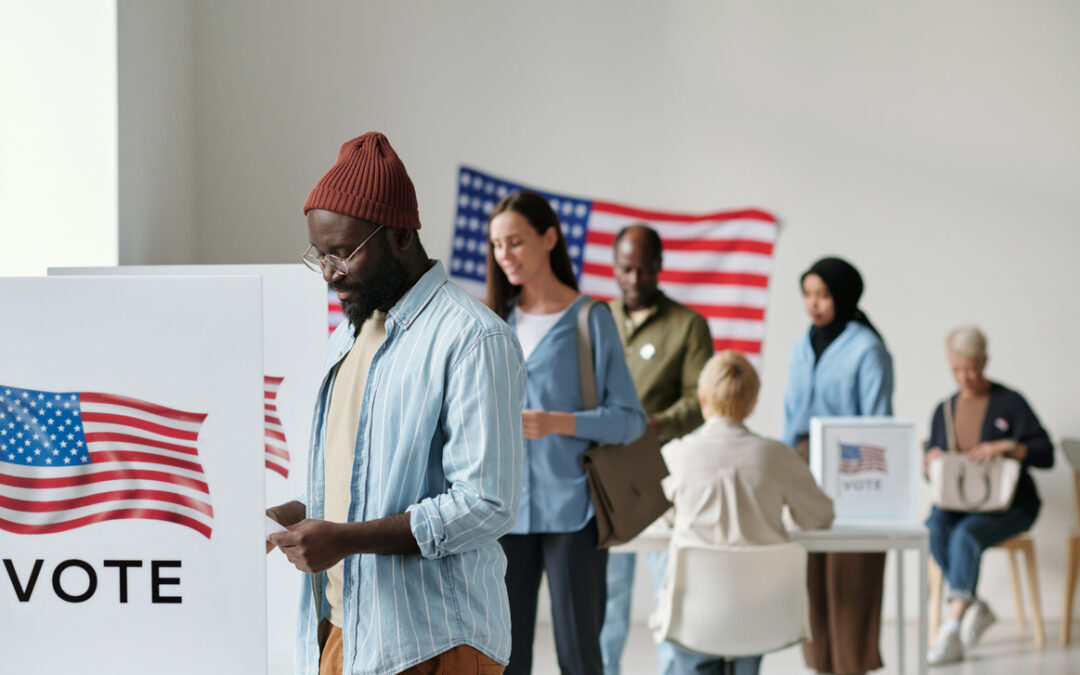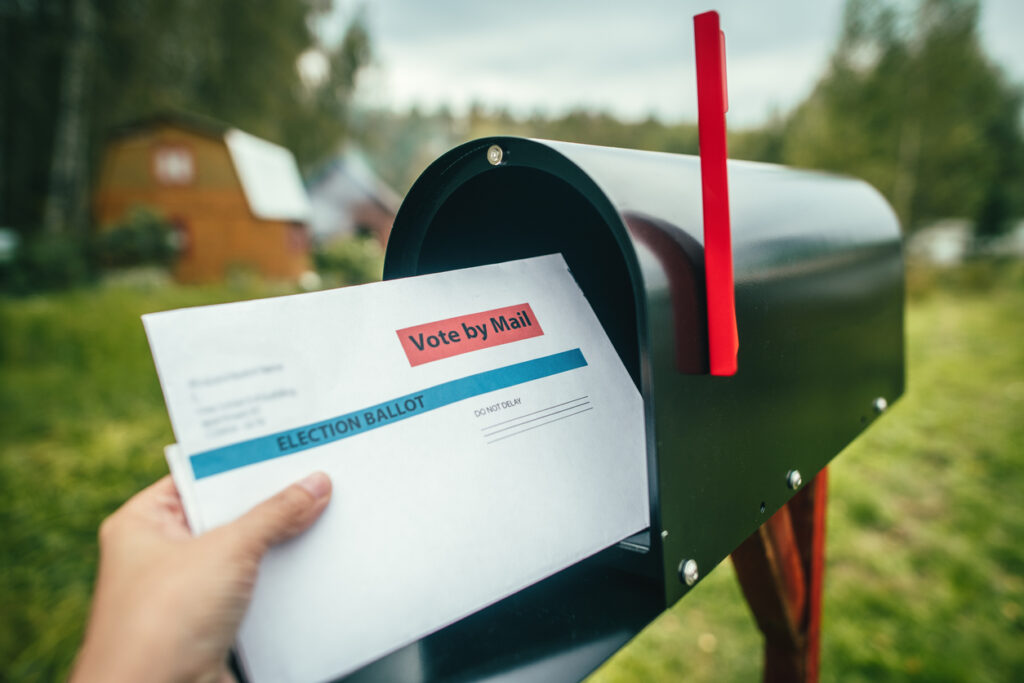AKA audience targeting in political campaigns
A funny thing happened on the way to this election: I’ve become a persuasion target for the Republican Party. To put this in context, I am the former Chairman of the Arizona Democratic Party, attended national conventions, served on the DNC’s Executive Committee, contribute only to Democratic candidates, and vote in every Democratic primary. So how did a dyed-in-the-wool Dem become the go-to guy for Trump love?
We’ll come back to that. First –
1. Campaign Budgets
Let’s start with the axiom that even presidential campaigns have limited budgets and it’s important to target one’s message to people who might respond to it. Advertising is expensive, so talking to people who aren’t going to vote makes no sense. Talking to people who will vote but almost certainly won’t vote for you also doesn’t make sense. And finally, it usually does make sense to rudely skip over the people who are definitely going to vote AND who are definitely voting for you. After all, what’s the point?
2. Data-Driven Targeting
In order to target, you need info, and the amount of data campaigns regularly access boggles the mind. Publicly available information from county elections departments provides every voter’s name, address, party, age, and voting history. This information won’t tell you how a person voted, but it will tell you if and when. To that, political parties and commercial list vendors add information like gender, race, and ethnicity. They find matching data for phone numbers and even IP addresses. There is also modeling for how likely a person is to be conservative or liberal, pro-choice, pro-gun, and many other things.
3. Targeted Messaging
However, customizing a digital ad or mailer for each person is too costly, so messages are grouped and targeted to larger audiences instead. At the same time, some digital ad platforms, like Google and YouTube, only allow you to target specific categories of demographics. Imprecision means a few mistakes will slip through, but you still end up ahead of the game. For instance, if you are a Democrat running in a moderate “swing” district, you might target your message to young women who are registered as independents or Republicans, and who have high pro-choice modeling scores.
Yes, you will talk to some people who aren’t with you. But that’s offset by the cost savings which will allow you to communicate more times to those who could be – and with a more tailored, persuasive message.
Which brings me back to how I ended up in the crosshairs of the Trump machine. Recent polling shows a 16-point gender gap, with men being more likely to support Trump. For white men, that gap is even wider. For older white men, the numbers skew even further. For Trump to win, he needs to peel away a sliver of Democrats from Kamala Harris and so, voila! here I am funneling down the MAGA message sluice. It turns out that even though I’m an exception to the rule, there is a method to their targeting madness. Thanks a lot, old white men!




